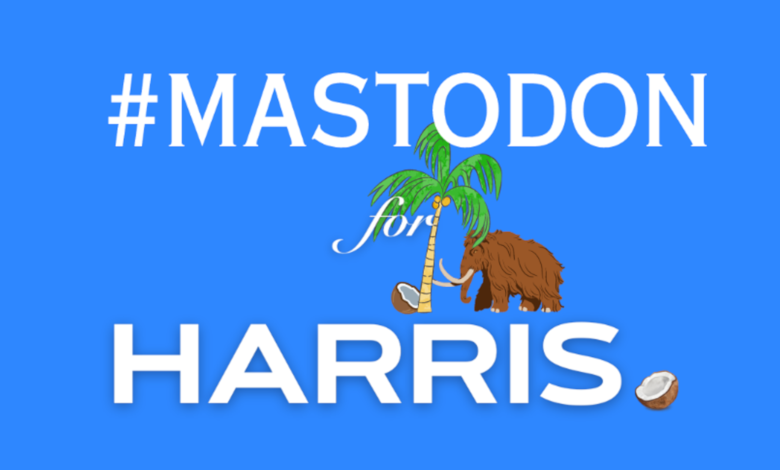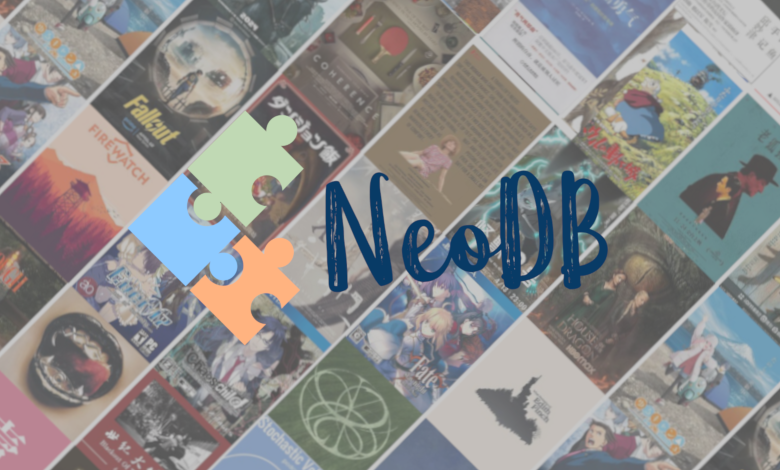

Hey, thanks for asking! It largely boils down to money, people, and time. I’m currently a full-time student, and struggling to stay afloat.
Here’s all the things I currently do:
- Research / Testing (gathering info for stories, tracking down info for sources, testing apps and platforms)
- Writing articles, interviews, guides, and reviews.
- Content Editing pieces submitted by contributors
- Scheduling for Podcast interviews
- A/V Production
- Podcast Distribution
- Music Promotion
- Graphic Design (thumbnails and such)
- WordPress development (features and data)
- Social Media Management (11+ accounts)
- Instance moderation
- Event coverage
- Manage a Contributor Team
- Fundraising
- System Administration
I’m probably missing a few things. It’s a lot! And, while I’ve been able to balance this out for a long time, my severe burnout has seen diminishing returns. I’m at a point where articles are getting finished days and even weeks after something has happened, which… isn’t great.
All of this stuff is more or less being done for pennies an hour. It’s not sustainable.

















To be fair, it kind of bubbled up gradually over the course of several years. 😅 It did not happen all at once!